High temperatures during summer pose a significant challenge for greenhouse cultivation. Excessive heat can hinder plant growth and even lead to plant death. So, how can we effectively reduce the temperature inside the greenhouse and create a cool, comfortable environment for plants? Here are some practical cooling methods for greenhouses.
1. Shading is Key:
● Shade Nets: Covering the top and sides of the greenhouse with shade nets can effectively block solar radiation and lower the temperature inside.
● Shade Paint: Applying shade paint on the roof and walls of the greenhouse can reflect most of the sunlight, reducing heat absorption.
● Shade Sheds: Building shade sheds outside the greenhouse can effectively block direct sunlight and lower the temperature inside.
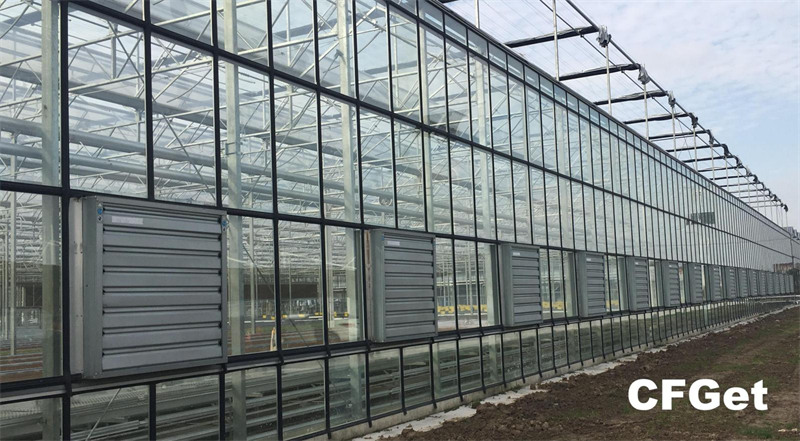
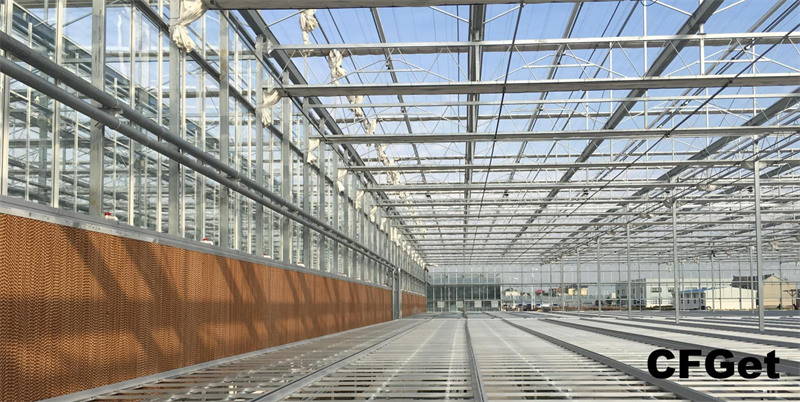
2. Ventilation is Fundamental:
● Natural Ventilation: Use fans or natural wind to ventilate, expelling hot air from the greenhouse and bringing in fresh, cool air.
● Forced Ventilation: Install ventilation fans to increase air circulation speed and accelerate heat dissipation.
● Night Ventilation: Open ventilation outlets at night when temperatures are lower to expel hot air and reduce indoor temperature.
3. Cooling Equipment:
● Spray Systems: Timed spraying increases air humidity, and the evaporation process carries away heat, lowering the temperature.
● Air Conditioning Systems: Installing air conditioning systems can quickly reduce the temperature inside the greenhouse, but the cost is relatively high.
● Evaporative Cooling Systems: Evaporative cooling systems use water evaporation to carry away heat and lower air temperature, making it an economical and efficient cooling method.
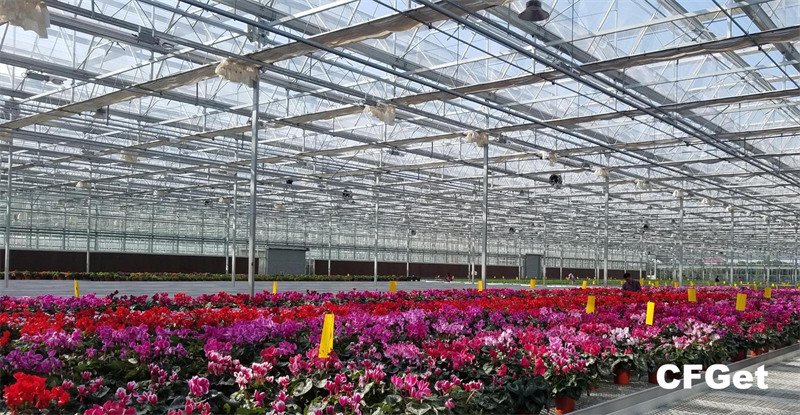
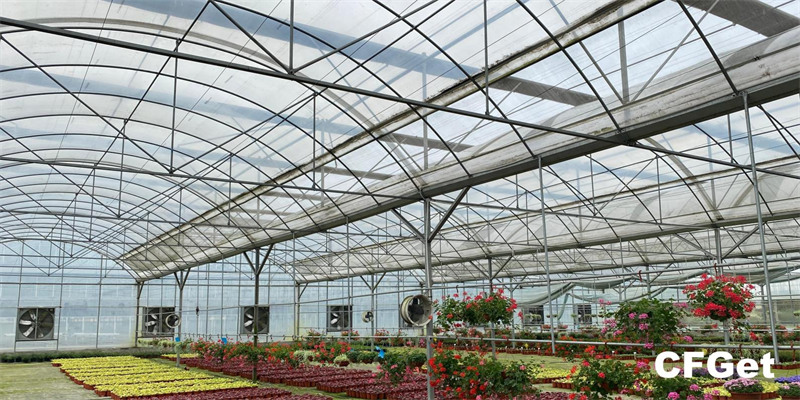
4. Plant Management:
● Proper Planting Density: Avoid excessive planting density to maintain good ventilation and reduce mutual shading among plants.
● Timely Pruning: Regularly prune plants to remove dense branches and leaves, increasing ventilation and light penetration.
● Heat-Resistant Varieties: Choose plant varieties with strong heat resistance to reduce damage caused by high temperatures.
5. Other Methods:
● Geothermal Cooling: Utilize the low temperature underground for cooling, but this requires special equipment and conditions.
● Reflective Materials: Use reflective materials inside the greenhouse to reflect sunlight and lower indoor temperature.
Precautions:
● Temperature Fluctuations: Large temperature differences between day and night can lead to poor plant growth. Therefore, while cooling, it is also important to maintain warmth.
● Humidity Control: Low humidity can also affect plant growth, so it is important to maintain appropriate humidity levels.
● Ventilation Outlet Position: The position of ventilation outlets should be reasonably arranged to avoid cold wind directly blowing on the plants.
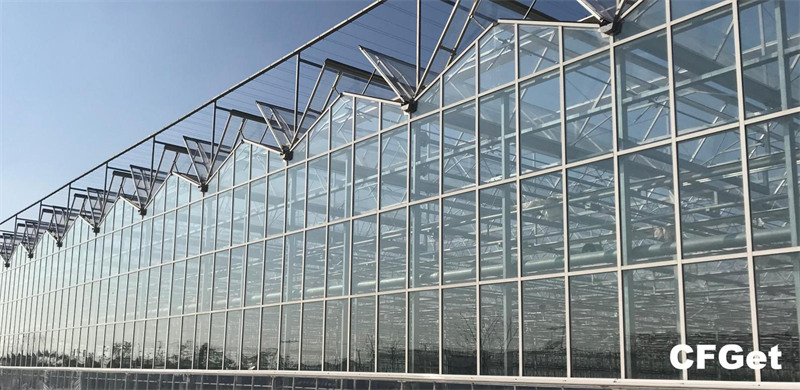
In summary, summer greenhouse cooling is a systematic project that requires comprehensive consideration of various factors to choose the cooling method suitable for your greenhouse. Through reasonable shading, ventilation, cooling equipment, and plant management, our team can provide professional greenhouse design, installation, and maintenance services to help your greenhouse crops stay cool during the summer.
Post time: Sep-06-2024





